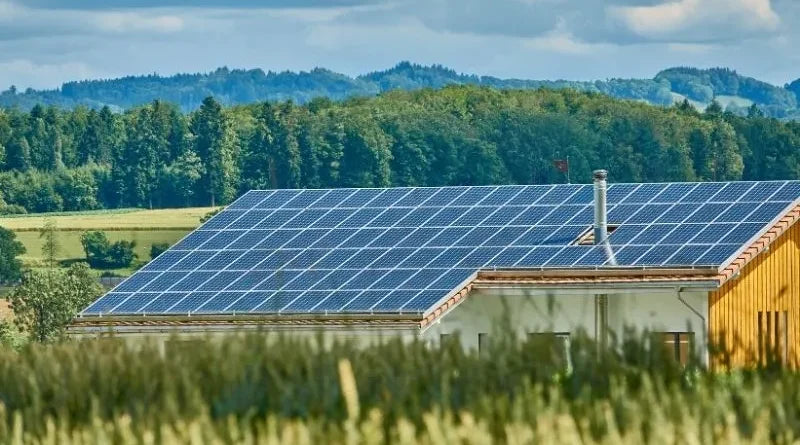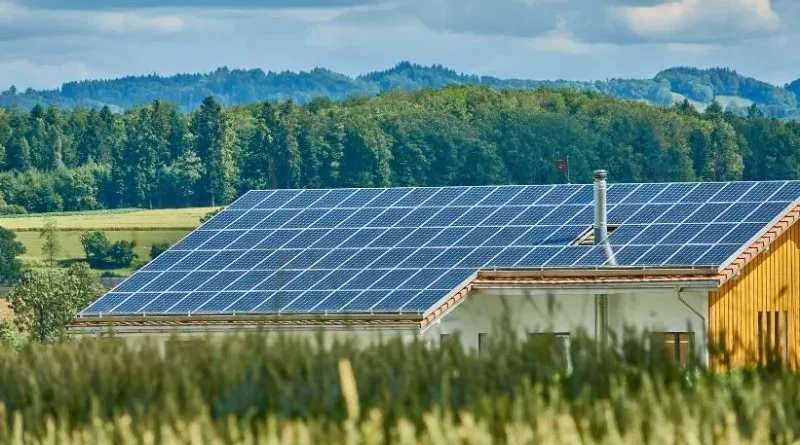
Solar cells, also called photovoltaic cells, are the building blocks of solar panels and play a crucial role in converting sunlight into electricity. Understanding the structure of solar cells is crucial to harnessing the sun's energy to produce clean, sustainable energy. This comprehensive guide delves into the intricate details of solar cell construction and examines the materials, technologies, and processes involved.
The basic principles of solar cell construction
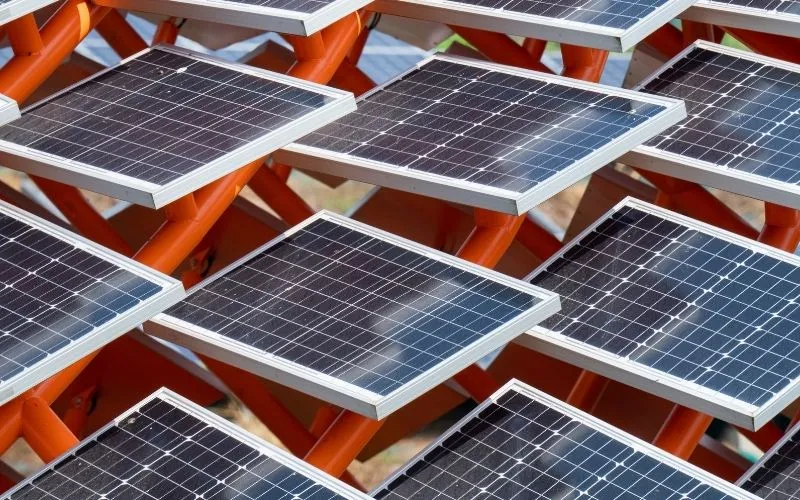
Solar cells use silicon wafers to capture sunlight and convert it into electricity. There are two main types of these cells: monocrystalline and polycrystalline, each with its own properties. The layers within a solar cell, from the front to the back contact, work together in harmony to harness the sun's energy.
Silicon – The basis of solar cells
Silicon is the main material used to build solar cells. It is chosen for its excellent semiconductor properties, making it ideal for capturing and converting sunlight into electrical energy. Silicon wafers, usually thin and flat, serve as the base material for solar cells.
Types of solar cells
There are two main types of solar cells: monocrystalline and polycrystalline. Monocrystalline solar cells consist of a single crystal structure, which leads to higher efficiency but also higher costs. Polycrystalline solar cells are made up of several smaller crystals, making them cheaper but slightly less efficient.
Layers of a solar cell
A solar cell typically consists of multiple layers, each with a unique function. These layers include:
- Front contact layer: This layer is usually made of a transparent, conductive material such as indium tin oxide (ITO). It lets sunlight through and at the same time collects the electrons it produces.
- Anti-reflective coating: To minimize light reflection, an anti-reflective coating is applied to the front of the solar cell. This ensures that more sunlight is absorbed by the cell.
- PN Intersection: This is the heart of the solar cell. It is the interface between p-type and n-type semiconductor materials. The p-n junction creates an electric field that helps separate the electron-hole pairs created when sunlight hits the cell.
- Back contact layer: The back contact layer generally consists of a metal, for example aluminum. Its job is to collect and transport the electrons generated by the solar cell to generate electrical energy.
The photovoltaic effect
The photovoltaic effect is the fundamental process that allows solar cells to generate electricity. When sunlight hits the solar cell, it excites electrons in the semiconductor material. This excitation creates electron-hole pairs, and the electric field built into the p-n junction separates these pairs. Electrons move to the n-side while holes move to the p-side. This movement of charge creates an electrical current that can be used for various applications.
The manufacturing process
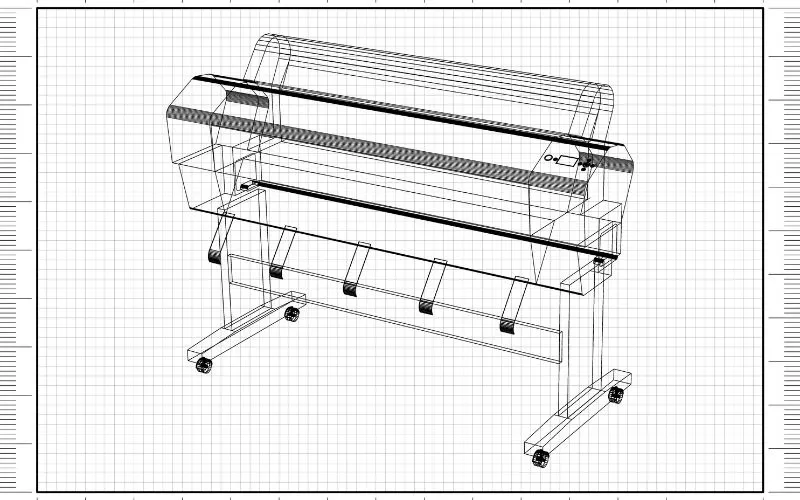
The development of a solar cell begins with the growth of silicon crystals, which are then carefully cut into thin slices. Certain areas of these discs are doped to create the crucial p-n junction. In subsequent steps, conductive materials, anti-reflective coatings and metal contacts are applied. Rigorous testing ensures the quality of each cell and creates the basis for assembly into solar panels that can provide sustainable energy for our world.
Crystal Growth
For monocrystalline solar cells, a single silicon crystal is grown from a seed crystal, creating a large cylindrical block. In contrast, polycrystalline cells are made by fusing multiple fragments of silicon and then allowing them to solidify, creating a block of interconnected crystals.
wafer cutting
The silicon ingots or blocks are then cut into thin slices using precision saws. These disks are generally about 200 micrometers thick and form the basis for individual solar cells.
Dopant addition
To create the p-n junction, certain areas of the wafer are doped with different materials. As a dopant, phosphorus is generally used for the n-type side, while boron is used for the p-type side.
Front contact formation
A layer of transparent conductive material, such as ITO, is applied to the front of the wafer. This layer serves as the front electrical contact and allows sunlight to pass through.
Anti-reflective coating
To reduce reflection and increase light absorption, an anti-reflective coating is applied to the front.
Formation of PN connections
A high temperature diffusion process is used to produce the pn junction. The phosphorus and boron atoms diffuse into the silicon wafer and generate the necessary electric field.
Back Contact Education
To capture the electrons and transport them out of the cell, a metallic back contact is applied to the back of the solar cell.
Checking and classifying
Each solar cell undergoes rigorous testing to ensure its electrical performance. Cells that meet desired efficiency and quality standards are classified for assembly into solar modules.
The future of solar cell construction
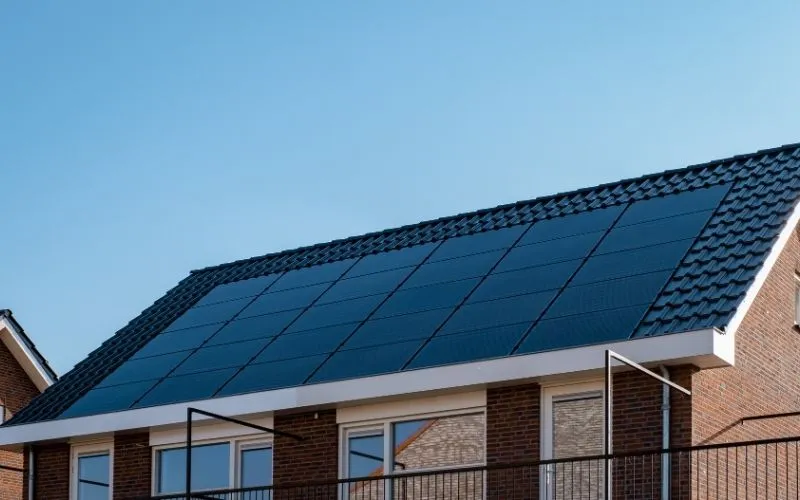
As technology advances, the design of solar cells also evolves. New technologies, such as perovskite solar cells and thin-film solar cells, offer the potential for greater efficiency and lower production costs. Additionally, 3D solar cells that capture sunlight from multiple angles are being researched to improve energy production under different conditions.
By integrating modern materials and manufacturing processes, cheaper and more efficient solar cells could soon be created, making solar energy accessible to a wider audience.
Conclusion
In short, understanding the construction of solar cells is crucial for anyone who wants to harness the power of solar energy. These remarkable devices are at the forefront of renewable energy technology. As technology advances, we can expect even more efficient and cost-effective solar cells to play a critical role in the transition to a sustainable energy future. If you are considering installing solar panels, consult professionals who can guide you through the process and ensure a safe and efficient installation. With the growing interest in solar energy, there has never been a better time to utilize this clean, renewable energy source.
Common questions
1. How long do solar cells last?
Solar cells have a long lifespan, typically 25 to 30 years or more. Service life may vary depending on material quality, maintenance and environmental conditions.
2. What is the efficiency of solar cells?
The efficiency of solar cells varies depending on the cell type and quality. Monocrystalline solar cells are known for their high efficiency, often reaching 15-22%. Polycrystalline cells are slightly less efficient, typically in the 13-16% range. Newer technologies, such as perovskite solar cells, promise even greater efficiencies.
3. Can I install solar cells by myself?
While installing solar panels is possible as a DIY project, hiring a professional installer is highly recommended. Solar panel installation involves electrical work, and a professional can ensure the system is installed safely and efficiently. Additionally, professionals can help you obtain all necessary permits and incentives to install solar systems in your area.

